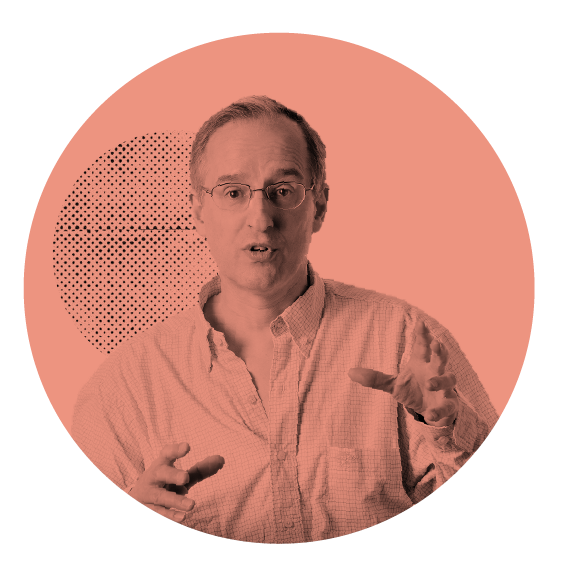Address
Setor de Difusão Cultural Via N1, St. de Divulgação Cultural - Eixo Monumental, Brasília

Dr. Ricardo Dal Farra is professor of music and media arts at the Music Department of Concordia University, Canada and founding director of the Electronic Arts Research Centre of UNTREF (CEIArtE), Argentina. He has been director of the Hexagram Centre for Research-Creation in Media Arts and Technologies, Canada; director of the Multimedia Communication program at the Federal Ministry of Education, Argentina; and researcher and consultant on media arts for UNESCO, France. Dal Farra has been curator and juror of several fulldome events, and he is also the founding-director of the Balance-Unbalance and Understanding Visual Music international conference series.
The human perception of time and space can change under a variety of circumstances. Auditory as well as visual illusions can take us beyond our understanding, bringing some confusion at times but also opening pathways to explore new dimensions or even creating alternative worlds.
A journey through the spacetime continuum could be shown in multiple ways, and using a diversity of scales. How we move through space and time could be the subject of infinite projects, and the same could be said on why we want to move, and about what we are interested to move. The dream of a time travel machine has been around for as long as a space travel machine, but be careful… some dreams come true! We probably thought the holodeck of Star Trek was something completely irreal and impossible. Still, it has been used as a major metaphor for decades now, when we address a number of subjects, from physics to media arts, from psychology to biology, and much more.
Teleportation deals with the transfer of matter or energy between two different points without traversing the physical space that separates them. The Telegraph published in 2016 that Russia was aiming to develop teleportation in 20 years, and this year professor Ronald Hanson, from Delft University of Technology in the Netherlands, has said that “there’s no fundamental law of physics preventing” teleportation. In fact, he and his team were able to teleport quantum information between two bits of diamond placed a few meters one from the other.
Immersiveness comes from our psychobiological structure and from our cultural experience, too. It has to do with current expectations and it is conditioned by our background. There are no standards to measure immersiveness.
If immersiveness is a concept somewhat nebulous when specific and pragmatical guidelines needs to be given to produce a work at the individual level, the collective fulldome experience in a large environment like a planetarium present us even more fuzzy rules. Together with the frame rate, display resolution, display size, field of view and field of regard, other aspects, such as attention, memory and social factors plays also a decisive role in novel immersive virtual environments. Motivation, affect and individual differences are also key elements to be considered.
The quality of inmersiveness can affect our perception of a performance and human (psychophysical) factors are central in the apprehension of a simulation. Collective immersive environments becomes a much more complex experience than individual ones because of the double feeling of being alone and sharing the space with other people at the same time, at least when attending some fulldome presentations. The whole world could be moving above and around us, images and sound would be able to cheat our senses and understanding for an instant, or perhaps for a long time. On top of all that external movement, we could be also moving our head in multiple ways, adding a high level of complexity to our attempts of explaining with simple methods and techniques the best procedures to achieve specific results in immmersive environments. The minimum audible movement angle can be measured under controlled conditions for the test, the same goes for the spatial resolution of vision, but creating a collective virtual reality – simulating either an existing or an alternative world – it goes beyond what can be easily calculated and predicted.
If time is an illusion, if it is relative and can be different depending of the observer, the four-dimensional fabric called space-time becomes not only a difficult concept to grasp for regular human-beings but at the same time an opportunity for artists-researchers to explore nearly anything and/or to create (simulate) almost everything, considering and imagining any and every possible (and impossible) scale.
